

We are at a momentous time in the tech industry. Cloud computing has taken off with a force and speed we’ve never seen before. We’re witnessing a macro transition of the entire IT stack, and HashiCorp is at the heart of it.
HashiCorp is one of the leaders in the multi-cloud infrastructure space. Since Mayfield first invested in the company in 2014 HashiCorp has taken off like a rocket ship. Its software suite enables 300+ of the Fortune Global 2000 to intelligently manage cloud infrastructure as they transition from legacy systems and private data centers.
Gamiel Gran and I were privileged to host CEO Dave McJannet and Co-founder/CTO Armon Dadgar for a lively discussion with our panel of CIOs on how to manage IT in a multi-cloud world.
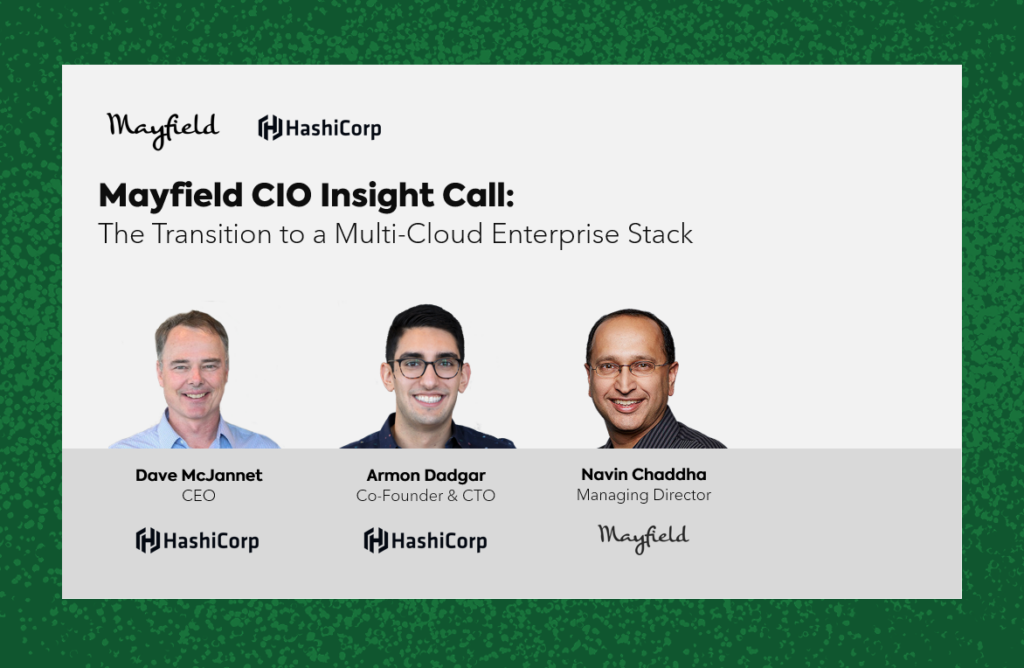
Thirty years ago, enterprises went through a major transition from mainframes to on-premise data centers with dedicated physical machines. These same organizations are now going through a similar transition to the multi-cloud. Even companies that initially intended to be hybrid or standardize on AWS or Azure are finding themselves using best-of-breed services from a range of cloud providers.
This is a major tectonic shift for enterprises, because it accelerates the ability of IT to drive innovation and impact business outcomes. The move from a static operational model to a dynamic one offers CIOs an opportunity to streamline their vendor supply chain while responding with greater agility to the changing needs of the business. Application delivery requests that once required weeks or months to implement using traditional ticket-based ITIL systems can be implemented in hours or days. A new world built around the primitives of infinite compute and infinite storage is transforming all three layers of infrastructure as well as the app platform layer.
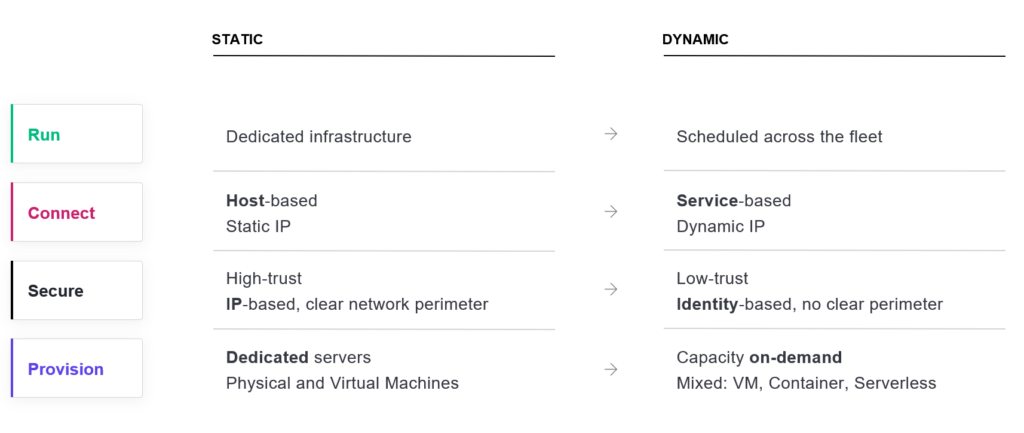
A multi-stack blueprint has emerged that has dislocated traditional infrastructure vendors and replaced them with cloud-native upstarts. Enterprises are no longer deploying new Oracle or MySQL databases in AWS, they’re transitioning to Snowflake or MongoDB. Runtime app servers are moving from IBM and Windows to Kubernetes or Nomad container orchestration. CIOs used to dealing with 30 or more vendors will now manage significantly fewer.
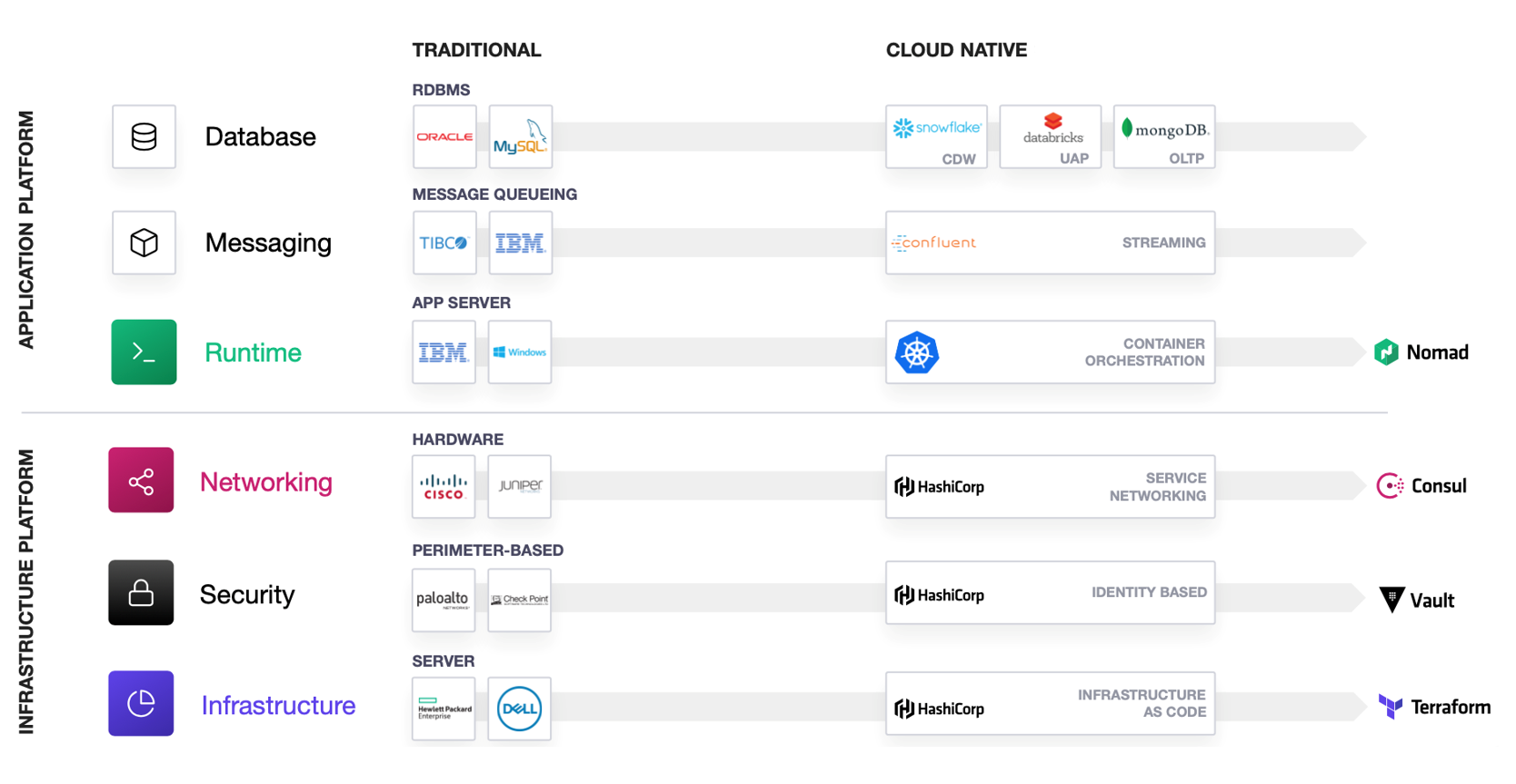
But this technology transformation must also be accompanied by a similar transformation in process. In a dynamic operating model, individual teams are able to deploy apps, push new versions, or change configurations as needed using self-service tools. Manual points of coordination are replaced by automated systems. Ops teams simply define security policies around a sandbox and expose those APIs so developers can go play.
The multi-cloud operating model requires process changes and new tools across every layer:
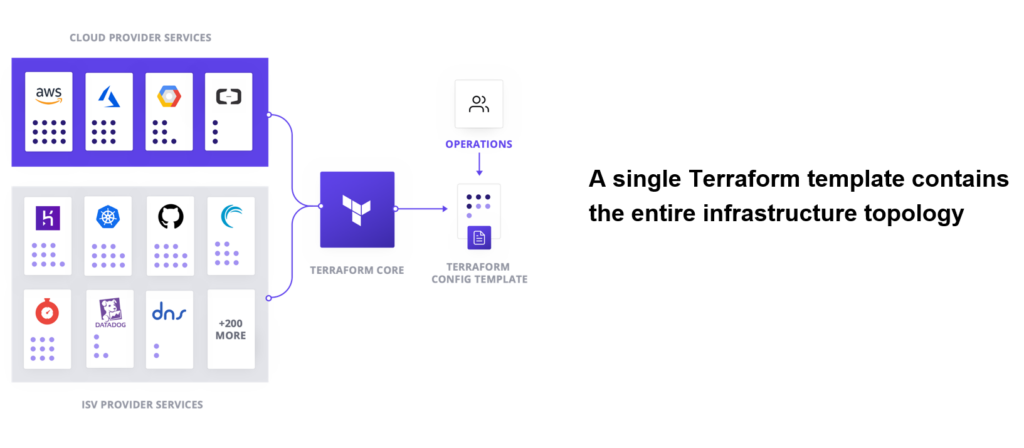
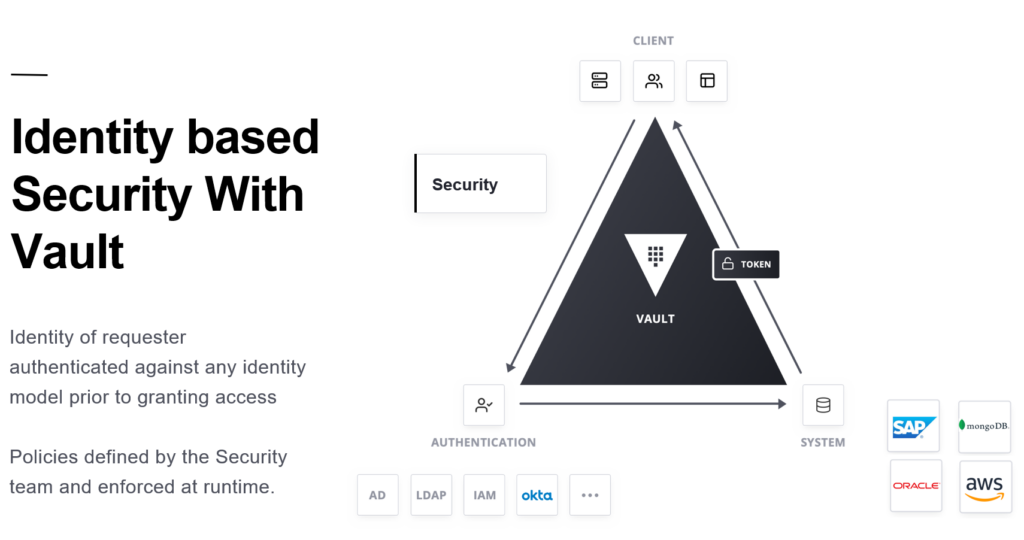
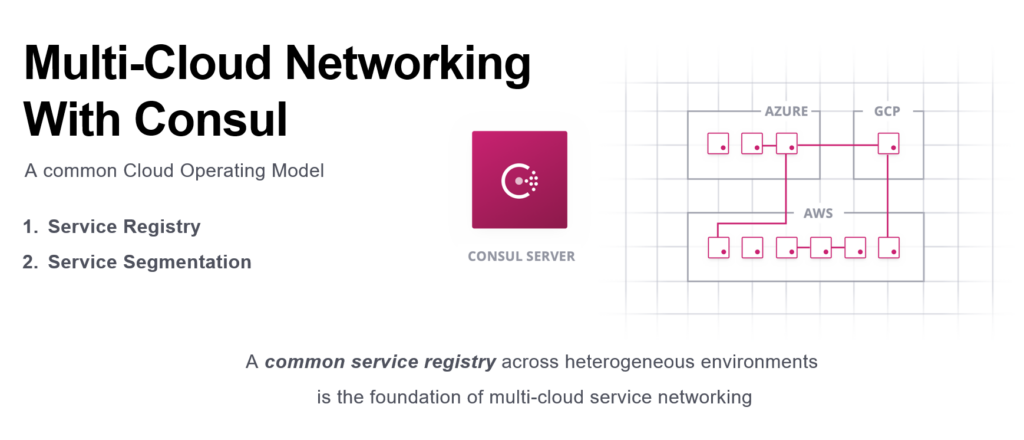
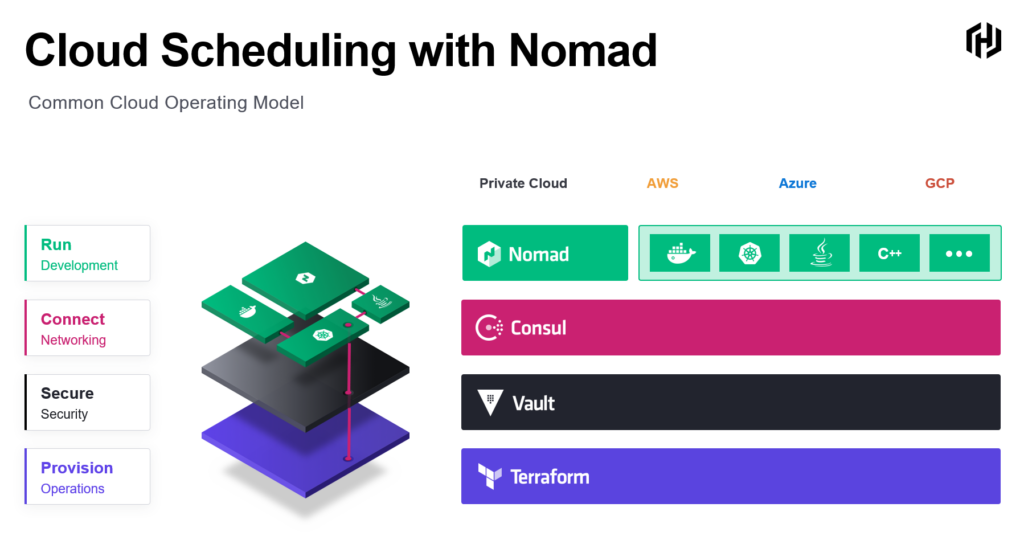
The cloud operating model demands a consistent delivery pipeline so enterprises don’t have to train teams on five different workflows, while allowing them to maintain consistent pre-production and observability tool chains. Balancing business continuity needs may require creating a separate IT track for greenfield initiatives and gradually deprecating legacy systems over time.
Instead of attempting to modernize the most complex legacy systems, enterprises should focus on those that offer the most immediate business value, as well as those with the fewest dependencies. It may not be necessary to migrate an SAP system or database to the cloud, if it’s possible to automate how newer apps communicate with them.
Ultimately, there’s nothing stopping an enterprise from bringing these new cloud technologies and processes back on prem. But the first step is implementing the right set of tools to make them work.
For further reading, check out HashiCorp’s State of Cloud Strategy Survey.
